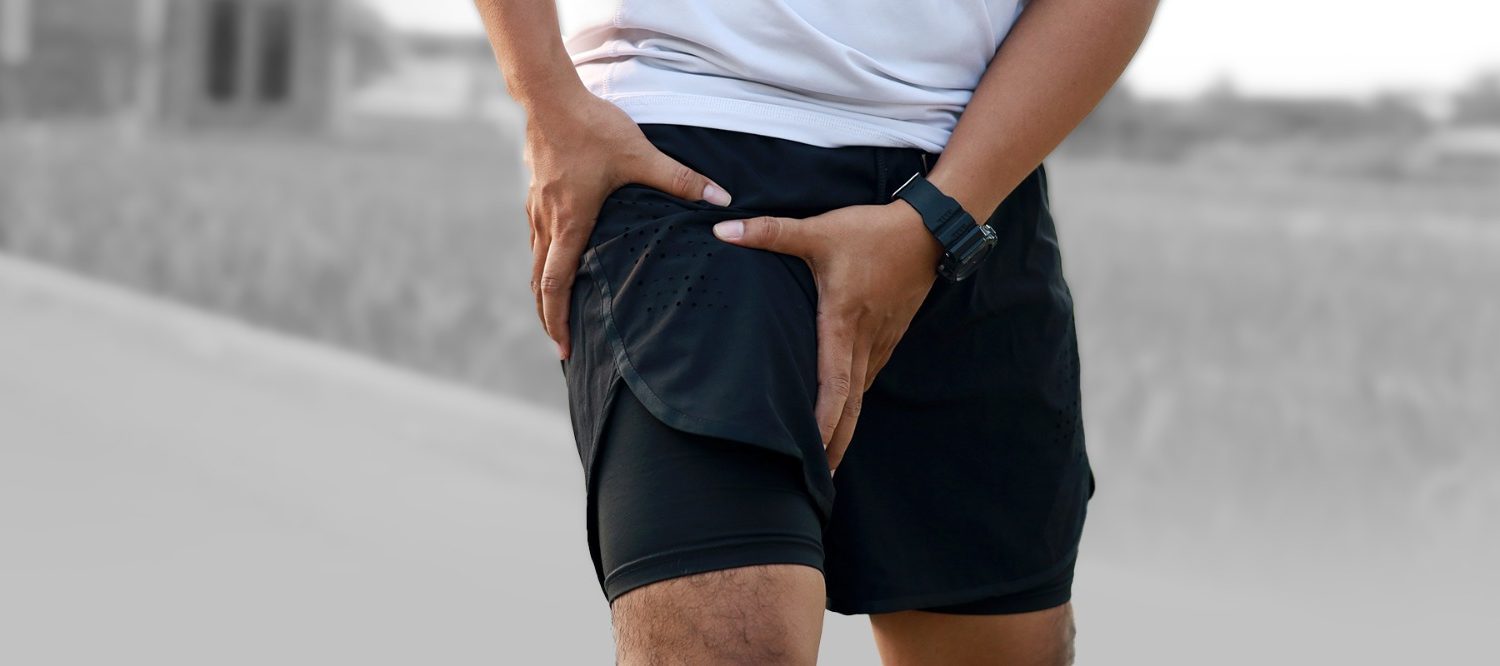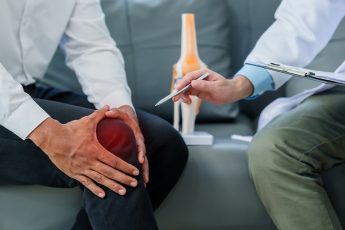
Groin Strain among Athletes: Causes, Symptoms, and Treatment
Groin strains are common among athletes, particularly those playing sports, and they include sudden changes of direction, extensive physical exertion, or repetitive movements. Being a professional athlete or a sports enthusiast during your free time, understanding the causes, symptoms, and treatment for a groin strain can help you recover as soon as possible and resume your activities.
What is a Groin Strain?
One or more muscles within the region of the groin—most commonly adductor muscles—are stretched or pulled and thus cause groin strain. These are the muscles that assist in contracting your legs together and therefore play a very significant role in actions such as running and kicking, required in soccer, football, hockey, and tennis sports, among others. Groin strain can vary in severity from simply a bit tender to actual tearing of muscle fibers.
Players in sports that involve sprinting, quick pivoting, and explosive movement are particularly vulnerable to groin injury. Injury may also arise from poor warm-up routines, inadequate flexibility, or muscle imbalances. Prevention of worsening and reduction of recovery time can be achieved by knowing the risk factors and the initial signs of a groin strain.
Causes of Groin Strain in Athletes
Groin strains are most commonly caused by sudden, forceful movement, like sprinting, kicking, or cutting. Some common causes are:
Sudden or Explosive Movements: Activities that involve sudden changes in direction, like soccer, basketball, or rugby, put the groin muscles under immense stress. When the movement is too forceful or sudden, muscle strain happens.
Overuse: Repeating the same movements, especially without proper rest, can over time tire the groin muscles. Players who participate in practice sessions or matches without allowing their bodies sufficient rest time are likely to get injured.
Weak or Tight Muscles: Sportsmen with muscle imbalance or inflexibility in their legs, hips, or core are at higher risk of developing a groin strain. Weak adductor muscles or tight hip flexors are reasons for the injury.
Lack of Warm-up: Skipping a warm-up before training or competition renders muscles insufficient to cope with high-intensity physical activity, and they become prone to strains.
Previous Injury: Recurrent re-injury is possible in athletes who have had a previous history of a groin strain. Hence, rehabilitation and strengthening exercises after the first injury are crucial to prevent recurrence.
Symptoms of Groin Strain
Symptoms of a groin strain vary depending on the extent of the injury. Some of the most common symptoms and signs are:
Groin Pain: This is the primary symptom of a groin strain. The pain may be sharp or dull, and it typically worsens when the athlete tries to move their leg in certain directions, such as running or kicking.
Swelling and Bruising: In extreme cases, there may be swelling or bruising in the groin area, especially if the muscle has been torn.
Stiffness: Stiffness within the hip or groin region can create a challenge to move the leg smoothly. It can affect walking, running, or sports motion.
Weakness: Groin-strained athletes can experience weakness within the affected limb. It can become harder to support weight or perform certain athletic actions, such as sprinting or jumping.
Tenderness to Touch: Pressure over the groin area will be painful or uncomfortable, much like a muscle strain is usually characterized.
Treatment for Groin Strain
The treatment of groin strain largely considers the degree of injury. In most patients, groin strain can be effectively managed with a conservative strategy and rest, ice, compression, and elevation (the R.I.C.E. principle). Let’s discuss each of the steps in greater detail:
Rest: Resting the damaged area and not engaging in anything that could make the strain worse is crucial. Depending on the intensity, this may mean resting from training or competition for a few weeks or days.
Ice: Applying ice to the damaged area will also reduce swelling and deaden the pain. Icing the groin for 15-20 minutes every 2-3 hours for the first 48 hours after the injury is a good practice.
Compression: Compression using an elastic bandage also reduces swelling and may stabilize the area. Don’t wrap the bandage too snugly, because it will shut off circulation.
Elevation: Elevating the injured leg is helpful in minimizing swelling, especially when there’s excessive bruising or swelling on the groin side.
Physical Therapy: Physical therapy may be necessary once the pain and swelling have resolved, to strengthen the groin muscles and regain mobility.
Strengthening exercises targeting adductor and hip flexor muscles and stretching are beneficial in healing.
Medication: Pain medicine in the form of over-the-counter ibuprofen or acetaminophen may be utilized to alleviate pain and decrease swelling. A worse case is remedied by obtaining a prescription for more potent pain-relieving medicines from a doctor.
Surgery: Surgery may have to be administered in extreme exceptions where the muscle is brutally torn. Surgery is a last resort when every other non-surgical option has failed.
Conclusion
If the leg hurt, swelled, or could not be moved severely after the injury to the groin, then you must seek medical help. The injury will be assessed by a medical professional, other causes ruled out, and the best course of treatment.
At Adam Vital Hospital’s Sports Medicine Department, our expert staff can diagnose and treat groin strain with secure and successful rehabilitation. If you have pain in your groin area, call today for a consultation and start the process of being the best you can be again.

